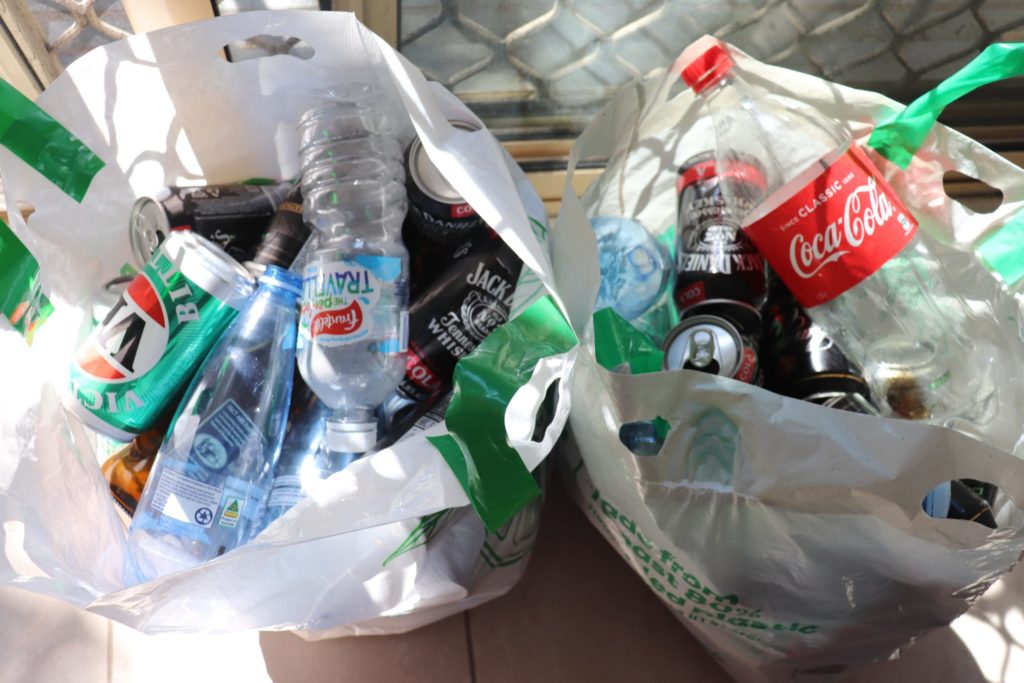Texas’s Incarcerated Youth Have Rights, Too.
For example, in 2017, the Gainesville State School captured Texas lawmakers’ attention when three women were arrested and one correctional officer was sentenced to ten years in prison. The scandal was blamed on unmonitored security cameras within the facility and the ample opportunities for guards to be alone with incarcerated youth. Afterward, lawmakers grappled with various solutions, including simply closing the state-run facilities altogether. State Senator Juan “Chuy” Hinojosa argued that Texas “ought to just completely do away with the system we have in place and send juveniles to their probation departments back home, except maybe for the worst of the worst.” “At some point,” he continued, “we have to take drastic action.”
Indeed, the Texas Juvenile Justice Department (TJJD), a relatively new department that replaced the now abolished Texas Youth Commission and the Texas Juvenile Probation Commission, cannot catch a break. The past seven years have been riddled with unacceptable scandals and finger-pointing at victims, rather than perpetrators.
And, while the TJJD provides haphazardly assembled informational brochures and packets that caution juveniles to “know their rights” and advertise an abuse hotline, it appears that the department is merely attempting to mitigate its own liability. After all, these juvenile facilities are prime breeding grounds for abuse, and often, the very individuals expected to uphold the safety of their residents are actually the instigators.
Texas has been slow to respond to these issues, often defending its problematic juvenile corrections officers rather than the youth they abuse (often aged 16 or younger). Former executive director of the TJJD, David Reilly, simply glazes over issues like sexual abuse, merely citing a lack of staff as the problem. Moreover, whistleblowers that attempt to expose the injustices that occur in these facilities often are retaliated against, which sometimes includes the termination of employment. And, in any event, such reports often are not taken seriously. Most are dismissed as false or non-credible, especially when youth attempt to report abuses themselves. Indeed, by design, incarcerated youth are deterred from reporting issues by the TJJD’s purposefully long and cumbersome investigation process.
Who or what then, can address these various injustices effectively? So far, Texas’s solutions have been few and far between.
For example, created by Senate Bill 103 in 2007 meant specifically to address abuse and neglect in the Texas Youth Commission, the Independent Ombudsman for the Texas Juvenile Justice Department (IO) is responsible for “investigating, evaluating, and securing the rights of the children committed to the Juvenile Justice Department.” In their second Quarterly Report for Fiscal Year (FY) 2018, the IO conceded that the allegations of sexual misconduct against staff in secure facilities were both high in number and problematic. During this quarter alone, there were 103 sexual abuse investigations reported against TJJD employees. The IO investigations ruled that many of these cases were unfounded or not sustained because they had to rely on the youth’s verbal testimonies alone. This is because a witness is currently required to corroborate any allegations. However, the video cameras used in facilities are not updated and do not include audio recording. Moreover, it does not appear likely the TJJD will have the funding for the body cameras recommended by the IO anytime soon. Under such circumstances, a child may only have their own word to rely on when reporting sexual abuse.
Perhaps hoping that a change of leadership might be the solution, in 2018, Camille Cain was made the newest executive director of the TJJD. Her “Short-Term Solutions and Long-Term Goals: A Plan for TJJD,” submitted to Governor Abbott, pledges to address intolerable behavior that has occurred within the TJJD, including “alleged abuse and misconduct by a small number of employees.” However, her strategy thus far has been to focus on the facilities’ staff turnover and to ensure that 17-year-olds remain in adult prisons, as opposed to being sent to juvenile facilities in the first place. Her three-phased approach centers on resetting existing authority and using new legislation to reform and refocus how the juvenile system carries out its mission. However, these goals do not specifically outline when or how the ongoing physical and sexual abuses occurring within the department will be addressed.
Whatever Texas and the TJJD’s solution is, it must first address the serious safety issues that have dragged on for far too long. Scandals within the department have become inexcusably commonplace and need to come to an end. Incarcerated juveniles should not have to endure physical and sexual abuse, let alone not being able to report it and be taken seriously when it occurs. Their voices may be lost for now in the Texas juvenile justice system but they are certainly not lost in the sphere of criminal justice reform.
Image credit: sakhorn








